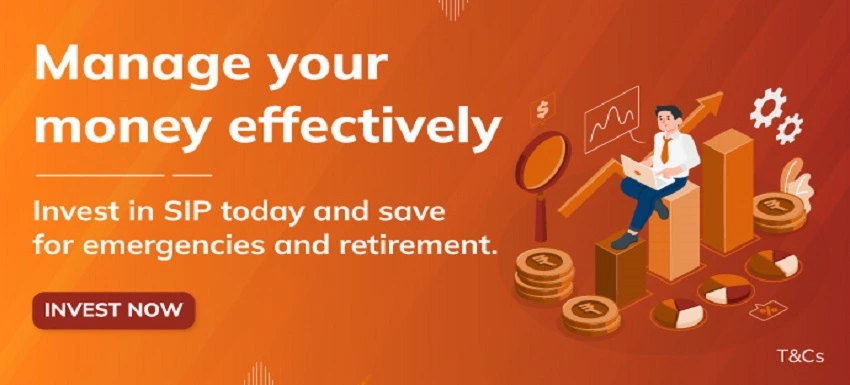THE
ORANGE
HUB
What are core and satellite portfolio

Investment portfolios are complex and dynamic. However, it's important first to understand the concept of Core and Satellite portfolios. The Core portfolio is the foundation of a well-diversified investment strategy. It consists of long-term investments that provide stability and reliability. On the other hand, a Satellite portfolio complements the core by adding more dynamic, specialised or opportunistic investments which can generate higher returns.
By combining the Core and Satellite portfolios, investors can manage risk, return effectively and tailor their investment approach towards stability and growth. This strategy provides investors with a balanced investment approach that enhances their chances of success. Let's delve into these portfolios and understand how they can be used together to improve your investment strategy.
Understanding Core and Satellite portfolios
The Core and Satellite Portfolio is an investment strategy that combines two distinct components within your investment portfolio: the Core and the Satellite.
Core Portfolio
The core represents the foundation of your investment portfolio. It consists of low-cost, diversified and typically passive investment options, such as index or Exchange-Traded Funds (ETFs). The core aims to provide stability and long-term growth through exposure to various asset classes, such as equities and fixed income.
Satellite Portfolio
On the other hand, the Satellite portfolio consists of more specialised or actively managed investments. These can include individual stocks, sector-specific funds or alternative investments. The satellite is designed to enhance returns or target specific opportunities while accepting higher risks.
Key benefits of Core and Satellite portfolios
Let's look at the strategic benefits of the Core and Satellite Portfolio approach and how it's reshaping the modern investment landscape:
Diversification:
Diversification within the Core portfolio is a powerful risk mitigation tool. By spreading your investments across various asset classes and geographic regions, you reduce the impact of poor performance in any single investment. This diversification acts as a safety net, ensuring that your overall portfolio remains resilient, despite market fluctuations.
Risk management:
Your portfolio's core provides stability and acts as a risk mitigator, helping you navigate uncertain markets with confidence. Meanwhile, satellite investments offer opportunities for higher returns, striking a balance between stability and growth. This dual approach to risk management is a hallmark of the Core and Satellite portfolio strategy.
Cost-efficiency:
The core investments in this strategy are typically low-cost, passive options such as Index Funds or ETFs. This cost-efficiency is a significant advantage, as it minimises expenses and allows you to maximise your returns over a long term. By keeping costs low, you retain more of your investment gains.
Flexibility:
The satellite component of your portfolio provides the flexibility to adapt to changing market conditions. You can strategically allocate funds to sectors, industries or regions that show promise or align with your investment convictions. This adaptability ensures that your portfolio remains responsive to evolving market trends, without disrupting your core holdings.
Alignment with goals:
With the Core and Satellite portfolio strategy, you can customise your satellite holdings to align precisely with your financial goals and convictions. Whether you believe certain sectors will outperform or you have specific objectives in mind, this strategy allows you to tailor your investments accordingly.
When to consider a Core and Satellite portfolio
The Core and Satellite portfolio strategy caters to a diverse range of investors, making it an attractive choice if:
Seek a balanced approach to investing, combining stability with growth potential:
This strategy strikes a balance between stability through the core and growth potential via the satellite, offering a well-rounded investment experience.
Prefer a structured strategy that maintains a long-term focus while allowing tactical adjustments:
For those who value disciplined investing, this strategy provides a structured framework that emphasises long-term goals, while remaining adaptable to seize tactical opportunities.
Appreciate the benefits of diversification and cost-efficiency:
Diversifying across asset classes and regions within the core portfolio reduces risk. In contrast, low-cost core investments ensure cost-efficiency, enhancing the overall attractiveness of the strategy.
Tailor your portfolio to your unique financial goals and risk tolerance:
The flexibility of the Core and Satellite approach empowers you to customise your portfolio to align precisely with your financial objectives and risk appetite, offering a personalised investment journey.
Moreover, this adaptable strategy makes it relevant for investors of all experience levels, whether you're just beginning your investment journey or are a seasoned investor, a Core and Satellite Portfolio can be tailored to suit your needs.
Building your Core and Satellite portfolios:
Define your core
When building your investment portfolio, it's important to identify your Core and Satellite investments. The Core investments should align with your long-term objectives and risk tolerance. You can choose Index Funds or ETFs that track broad market indices as the core investments.
Determine your satellite
In addition to the core investments, you should identify areas where you want to allocate a portion of your portfolio strategically. These are called satellite investments, and they could include sectors, industries or regions that align with your views on potential growth.
Set allocation ratios
Decide how much of your portfolio will be allocated to the core and satellite components. This ratio can be adjusted based on your risk tolerance and investment goals.
Regularly review and rebalance
Periodically assess your portfolio to ensure it remains in line with your objectives. If necessary, you should review and rebalance it to maintain the desired core-to-satellite ratio.
Conclusion
A strategic investment approach using Core and Satellite portfolios is a wise method to achieve a well-balanced and diversified investment portfolio. The core investments, which are stable and long-term form the foundation, while the satellite investments add dynamism and potential growth. This symbiotic relationship benefits investors by providing stability and growth according to their risk tolerance and financial objectives. By managing the core and selecting satellites carefully, investors can confidently navigate the complexities of the financial landscape, maximising the potential for long-term wealth accumulation.
Scroll to top











